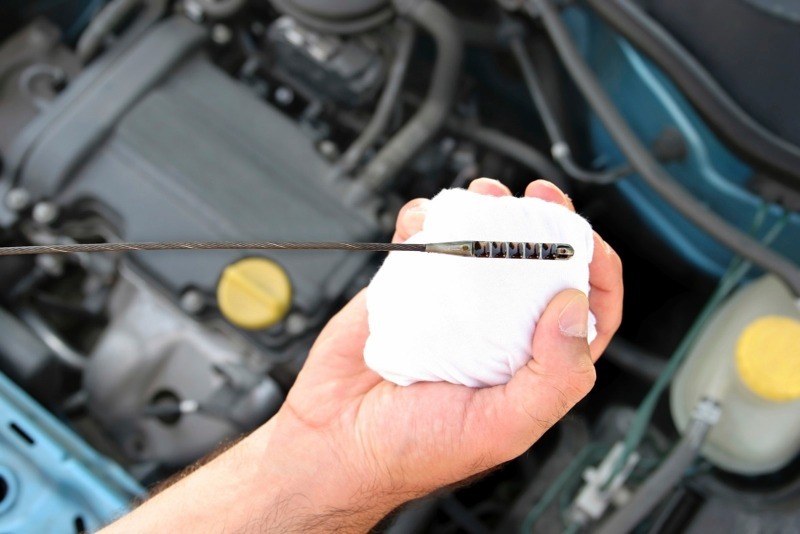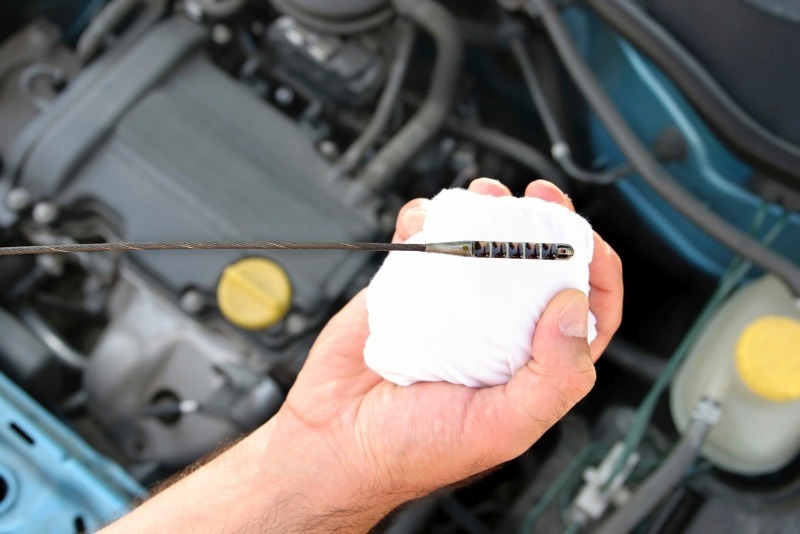
Is it possible to eliminate the waste of engine oil by replacing it
Content
Almost every car owner is afraid and very nervous when the oil level in the car goes down. After all, this indicates a malfunction of the engine and future repairs. Therefore, the driver needs to monitor the level in order to avoid high costs.

Does the engine oil level always go down due to fumes?
Burnout is the burning of oil in an engine. But it can “leave” the engine not only during combustion, but for many other reasons:
- Oil can leak from under the valve cover when it was screwed badly or the gasket was damaged. To see this problem is not difficult, you need to look under the hood.
- The crankshaft oil seal can also be the cause of lubricant leakage. To detect this problem, you can look at the place where the car was and if there is a puddle of oil, then it is quite possible that this is an oil seal. This is a fairly common problem. It can occur due to bad oil or wear of the oil seal itself.
- When replacing the oil filter, they could forget to install the sealing gum, or not completely tighten the filter itself. It may also cause leakage. Check how the filter is twisted, as well as the quality of the rubber for sealing.
- Another fairly simple reason can be valve stem seals (they are also valve seals). They are made from heat-resistant rubber, but it remains rubber, and because of the high temperature, the caps begin to look like plastic, which does not do its job and the lubricant begins to “leave”.
Can oil burnout depend on itself
Oh sure. An incorrectly selected oil may not meet the standards for this engine and burnout may result.
What parameters of oil affect waste
Many factors are responsible for the amount of oil that burns in the engine:
- Evaporation according to the Noack method. This method shows the tendency of a lubricant to evaporate or burn off. The lower this indicator, (indicated in%), the better (less it fades). High-quality lubricants should have less than 14 percent for this indicator.
- Base oil type. From the previous paragraph, you can determine how good the “base” was during production. The lower the Noack number, the better the "base" was.
- Viscosity. The higher the viscosity, the lower the Noack index. That is why, to reduce waste, you can switch to a more viscous oil. For example, you fill in 10W-40 oil and with a lot of burnout, you can switch to 15W-40 or even 20W-40. It has been proven that the difference between the waste of 10W-40 and 15W-40 is approximately 3.5 units. Even such a seemingly small difference can affect consumption.
- HTHS. It stands for “High Temperature High Shea”, if translated, it will turn out “High Temperature - Big Shift”. The value of this indicator is responsible for the viscosity of the oil. New cars use oils with an indicator of this value less than 3,5 MPa * s. If this type of lubricant is poured into an elderly car, then this will lead to a decrease in the protective film on the cylinders and greater volatility, as a result, an increase in waste.
Which oils reduce consumption not because of waste
The volume of burning lubricant can be reduced with the help of additives. There are a huge number of them. They “blur over” scratches in the cylinder, thereby reducing waste.
How to choose an oil that does not fade
In order not to miscalculate, you can use two methods:
- View reviews. You can go to the site for the sale of lubricants and see reviews for each option of interest. You can also go to various forums where they discuss lubricants for engines, there are many of them.
- Check for yourself. This method is suitable for people who like to take risks or do not believe reviews. If you are like this, then this business can drag on for a long time, because you need to buy oil, fill it in, drive 8-10 thousand kilometers, and then only evaluate its quality and other characteristics.
Oil tends to burn out even on a new engine. If the level drops, you need to check the crankshaft oil seal, valve cover, valve stem seals and oil filter housing for leakage. Also, before buying oil, you should find out which oil is suitable for your engine.
To reduce burnout, you can switch to a thicker lubricant. And if the oil "leaves" liters for 1-2 thousand kilometers, then only a major overhaul will help. Good luck on the road and watch your car!